
When it comes to handgun maintenance, I firmly believe that cleaning your pistol is just as important as learning how to shoot it. A clean, well-lubricated firearm performs better, lasts longer, and most importantly, is safer. I’ve learned over time that while cleaning a gun isn’t rocket science, there’s definitely a right and a wrong way to do it. And believe it or not, one of the most common mistakes I see is people using too much oil. Let’s walk through how I clean my pistols and what I’ve picked up along the way.
First Things First: Safety Above All
Before I even touch a cleaning kit, I treat every gun as if it’s loaded — no exceptions. The very first step is always to unload your pistol. Drop the magazine, lock the slide back, and visually and physically inspect the chamber. I double-check it every time. A negligent discharge during cleaning is 100% avoidable if you follow basic gun safety rules. I also make sure I'm working in a clean, well-lit space, away from distractions and definitely away from any live ammo. (ammo seems to find its way into guns)
How Often Should You Clean Your Pistol?
How often you clean your handgun really depends on how much you shoot. Personally, I clean my pistols after every range session. It’s part of my routine, and it keeps everything running smooth. If you carry daily but don’t shoot much, I still recommend wiping it down and checking it every couple of weeks. Dust, lint, and sweat can build up surprisingly fast, especially inside the holster.
Breaking It Down: Field Stripping
Once the gun is unloaded, I go ahead and field strip it. Every pistol is a little different, but most modern semi-autos break down into four main parts: the frame, slide, barrel, and recoil spring assembly. You don’t need to fully disassemble the gun unless you’re doing a deep clean — for regular maintenance, field stripping is plenty.
What You Need to Clean It Right
I keep it simple. Here’s what I use:
- A good bore brush and cleaning rod
- Cleaning patches
- A nylon brush or old toothbrush
- Gun cleaning solvent
- High-quality lubricant
- A microfiber cloth or rag

Step-by-Step Cleaning Process
- Barrel: I start with the barrel. I run a solvent-soaked patch through it, followed by a few passes with the bore brush to break up carbon and fouling. Then I run clean patches through until they come out spotless. I also make sure the feeding ramp is clear of any carbon by scrubbing it with a brush.
- Slide: Using a brush and some solvent, I scrub around the breech face, extractor, rails, and any other spots where I see buildup. A cloth helps wipe everything down clean.
- Frame: I go over the rails, trigger components, and magwell with a dry brush or lightly dampened patch. I avoid soaking the frame in solvent — it’s not needed and can be hard on polymer parts.
Lubing the Right Way (And Not Overdoing It)
This is where a lot of folks go overboard. Too much oil is just bad. Excess oil can attract dirt and debris, which leads to gunked-up internals and malfunctions. Most of the newer handguns are not designed to require gobs of oil. I use just a few drops of a quality lubricant.
Here’s where I apply it:
- Slide rails: Just a tiny drop on each side. I spread it with a fingertip or patch.
- Frame rails: This is where the slide rails meet the frame rails. Just a small drop on each will do.
- Breach face and extractor: Just a little dab 'il do. Try not to go down the firing pin as oil can cause hydraulic action and slow down or cause the firing pin to stick.
- Barrel: A light coat around the exterior, especially where it contacts the slide. Locking lugs and the hood are contact points where metal meets metal — a small dab helps reduce wear.
- Recoil spring (optional): I sometimes hit it with a light mist if it feels dry. Less is definitely more in this area.
- Trigger bar to connector: This is where the trigger bar touches the connector. Just a small drop is sufficient. (this is on striker fire pistols)
- Wear Points: Any visible area where there is a pivot or rubbing of two parts.




Reassembly and Final Check
Once everything’s clean and lightly lubed, I reassemble the gun and do a quick function check. I rack the slide, test the reset, and make sure everything feels right. Then I wipe the exterior down with a microfiber cloth and store it safely — usually in a dry, secure gun safe.
Final Thoughts
Cleaning your pistol doesn’t have to be complicated or take hours, but it does need to be done the right way. Regular maintenance keeps your firearm reliable and safe — and gives you peace of mind, especially if you carry for self-defense. Just remember: clean thoroughly, lube lightly, and always put safety first.
If you’re new to handguns or just want to improve your maintenance game, trust me — taking the time to clean your pistol properly is always worth it.
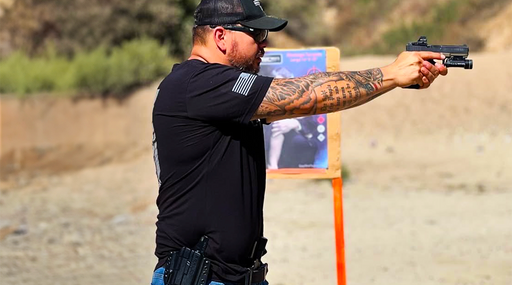
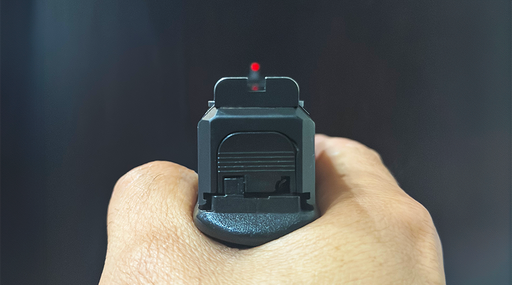

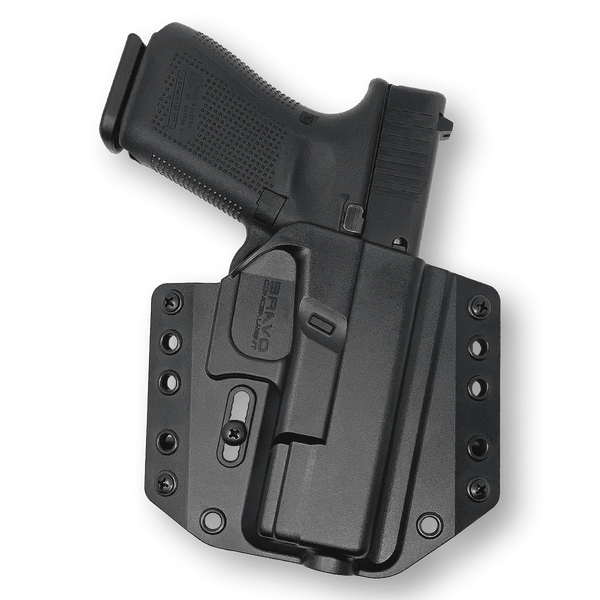
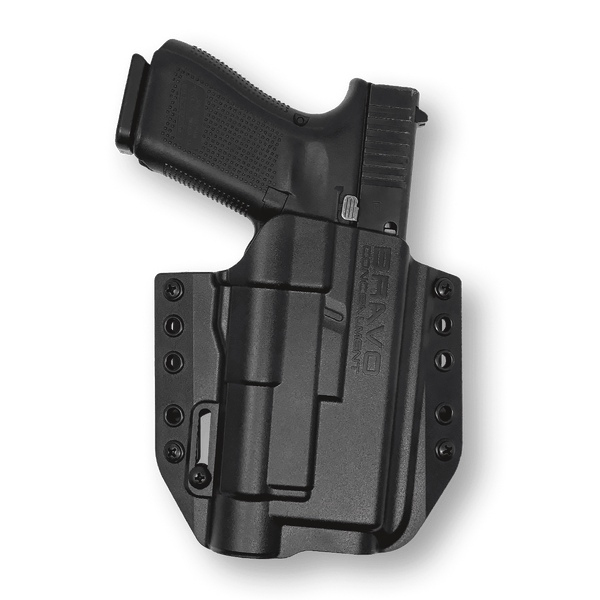
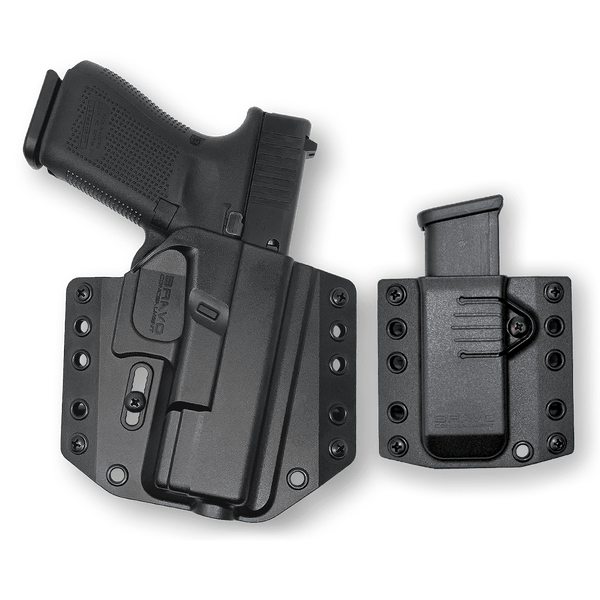

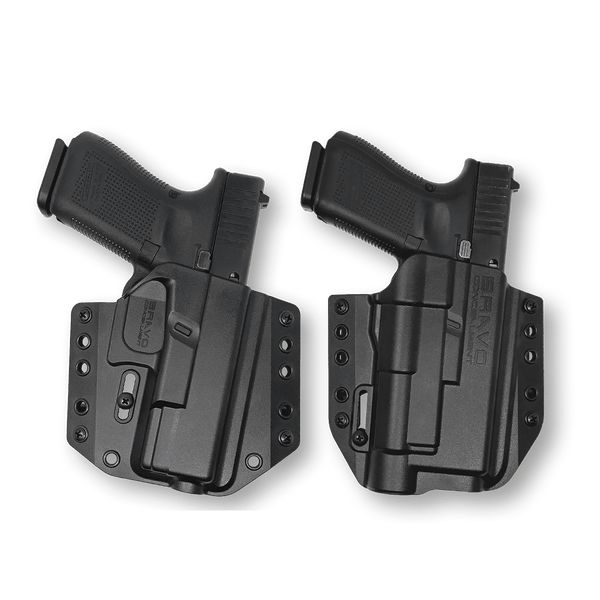
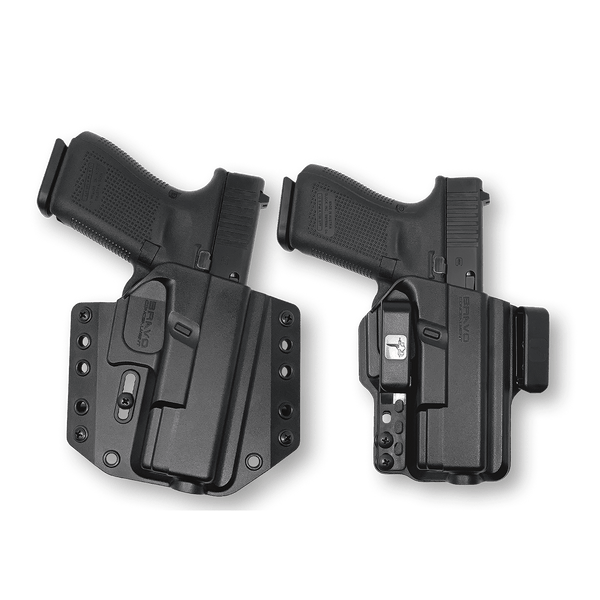
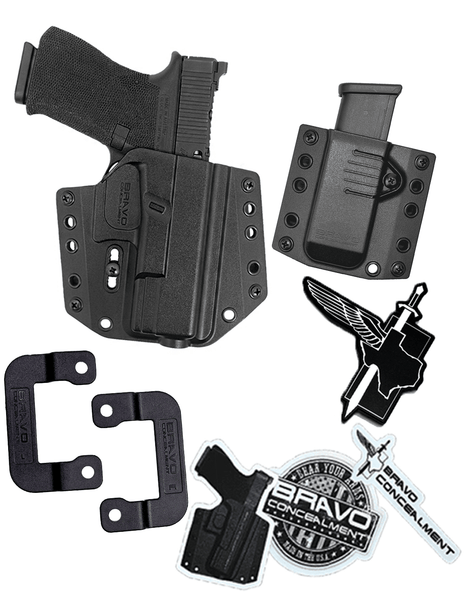
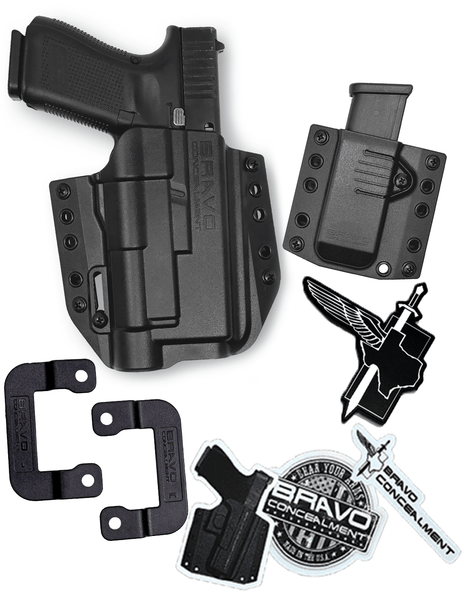
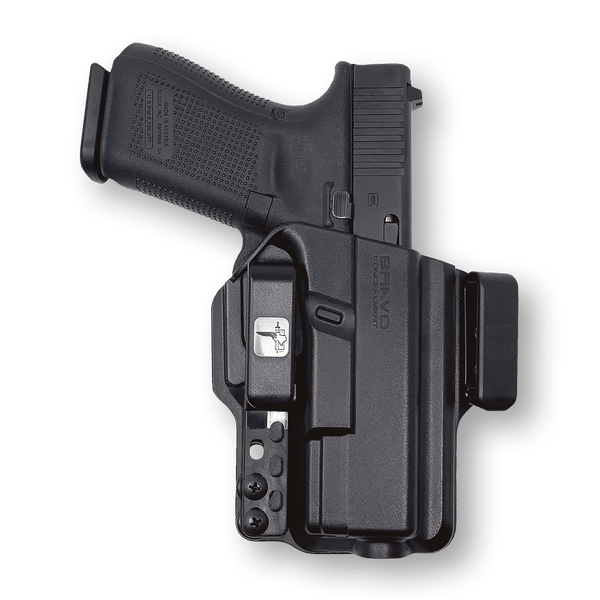
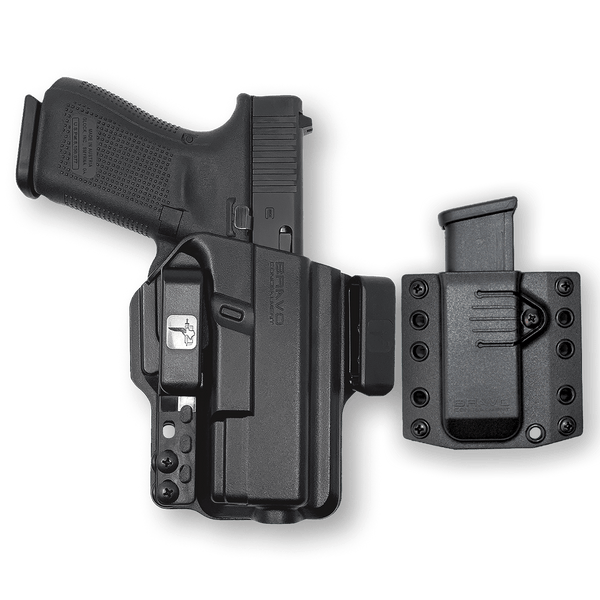
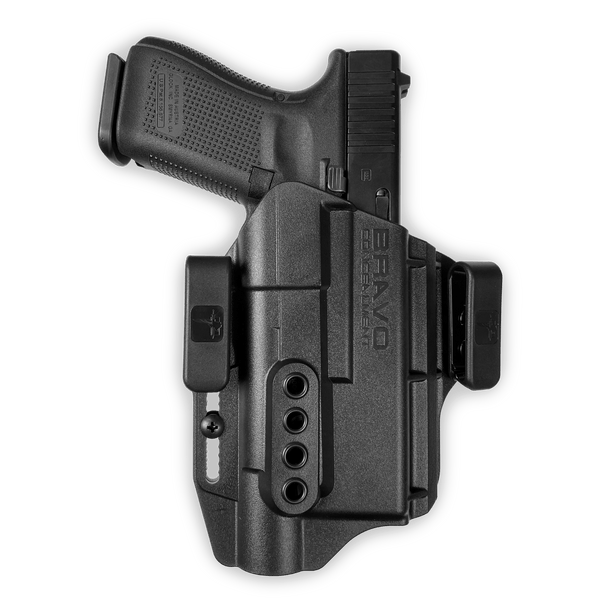
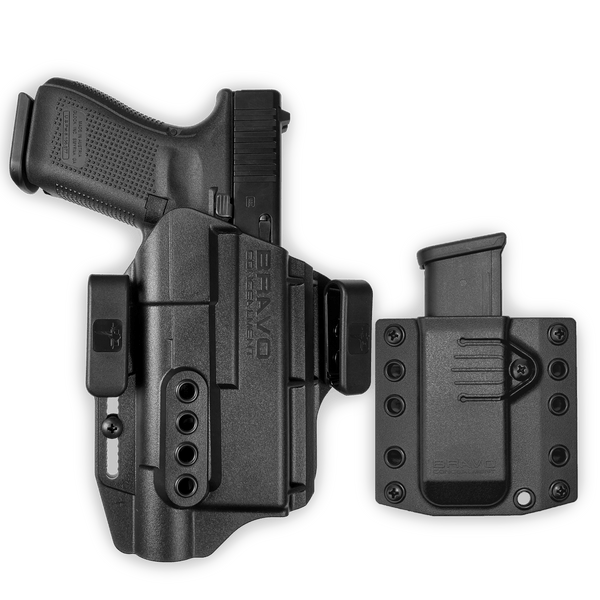
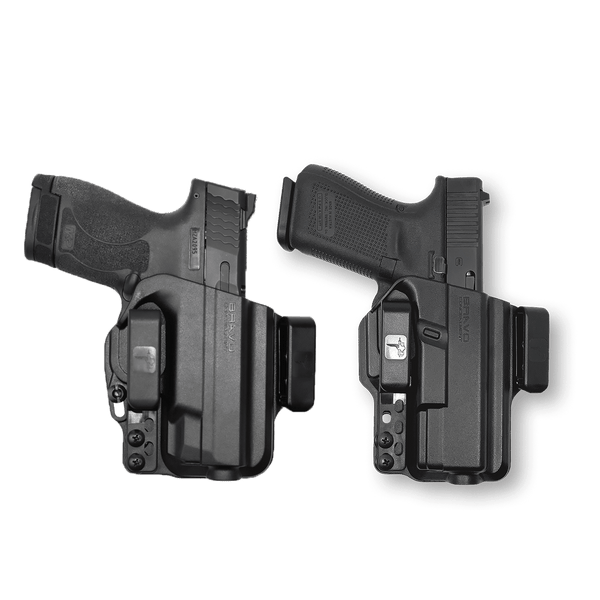
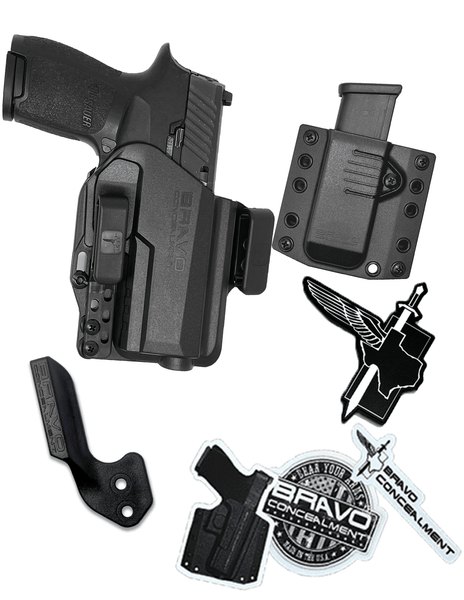
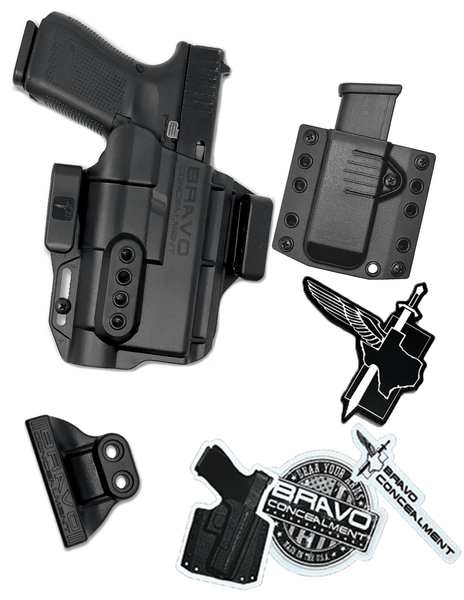
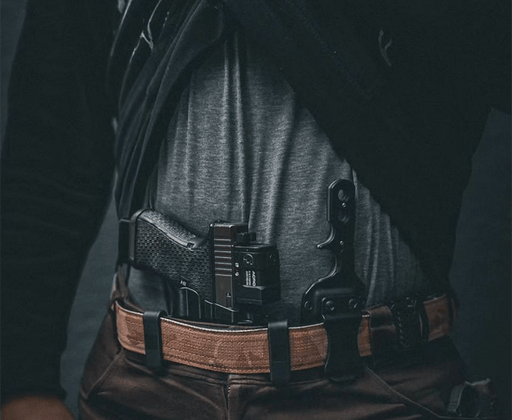
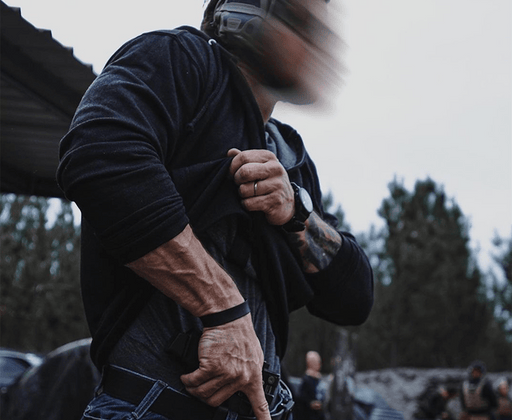

Leave a comment